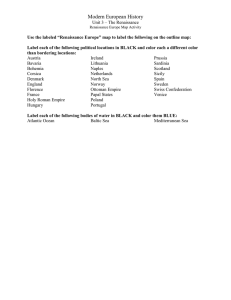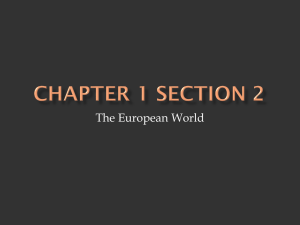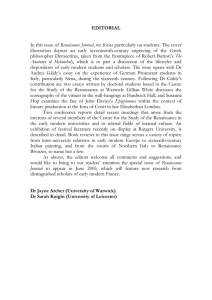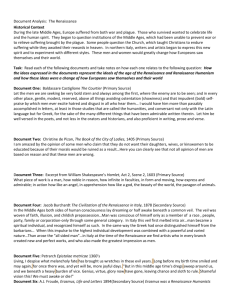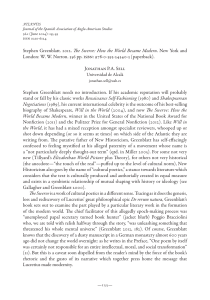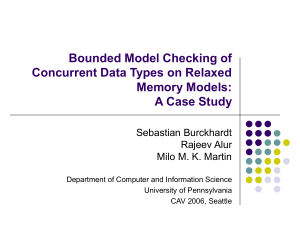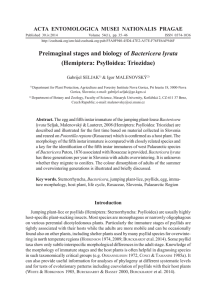LECTURE 2 FAMOUS STORIES WE TELL OURSELVES (I): THE ‘DISCOVERY’ OF THE
advertisement
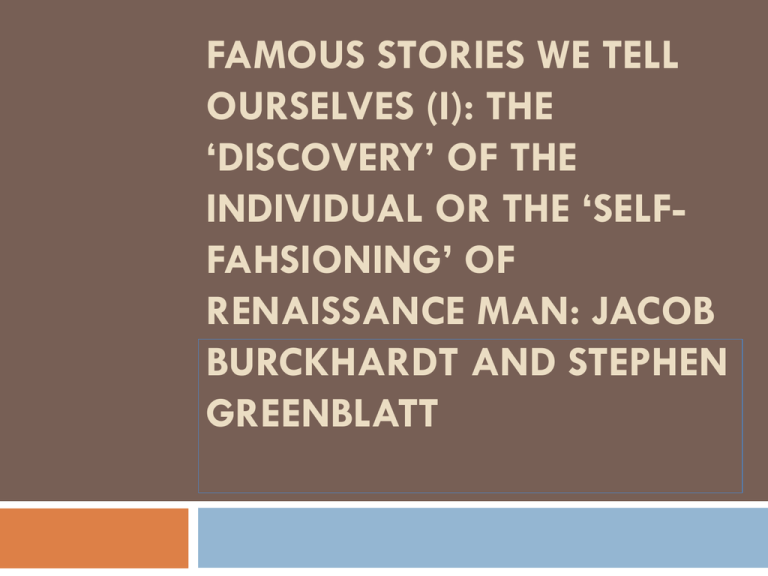
FAMOUS STORIES WE TELL OURSELVES (I): THE ‘DISCOVERY’ OF THE INDIVIDUAL OR THE ‘SELFFAHSIONING’ OF RENAISSANCE MAN: JACOB BURCKHARDT AND STEPHEN GREENBLATT “… every generation has to rewrite history, not because the past has changed …but essentially because the present is changing, and with it the assumptions and needs of reader of history. In other words, like the anthropologist, the historian is a kind of interpreter, a “cultural translator” we might say, who attempts to make the language of the past intelligible to the present.” (Peter Burke, ‘Decentering the Italian Renaissance’, in S. Milner, At the Margins, 2005, p. 36) Stephen Greenblatt, 1943 Jacob Burckhardt, 1818-1897 Jacob Burckhardt, 1818-1897 Leopold von Ranke, 1795-1886 ‘I often want to kneel down before the sacred soil of Germany and thank God that my mother-tongue is German! I have Germany to thank for everything ! My best teachers have been German, and I was nourished at the breast of German culture and learning;...What a people! What wonderful youth! What a land— a paradise!’ ‘History has had assigned to it the task of judging the past, of instructing the present for the benefit of the ages to come. To such lofty functions this work does not aspire. Its aim is merely to show how it essentially was. (germ. wie es eigentlich gewesen).’ (Leopold von Ranke, The History of the Latin and Teutonic Peoples, 1824) Georg Friedrich Wilhelm Hegel, 1770-1731 ‘In the Middle Ages both sides of human consciousness – that which turned within as that which was turned without – lay dreaming or half awake beneath a common veil. The veil was woven of faith, illusion, and childish prepossessions, through which the world and history were seen clad in strange hues. Man was conscious of himself only as a member of a race, people, party, family, or corporation – only through some general category. In Italy this veil first melted to air; an objective treatment and consideration of the State and of all the things of this world became possible. The subjective side at the same time asserted itself with corresponding emphasis; man became a spiritual individual, and recognised himself as such.’ (Burckhardt, The Civilisation of the Renaissance in Italy, part 2, p. 87) Leon Batista Alberti, 1404-1472 Self portrait invented by Jan von Eyck, Filippo Brunelleschi, 1377-1446 The Arnolfini marriage Jan van Eyck, 1434 Albrecht Dürer, 1471-1528 Giovanni Caroto, Portrait of a Red-Headed Youth Holding a Drawing, 1515 Portrait of a goldsmith in three views Lorenzo Lotto,c. 1530-1535 When I first conceived this book … it seemed to me the very hallmark of the Renaissance that middle-class and aristocratic males began to feel that they possessed .. shaping power over their lives, and I saw this power and the freedom it implied as an important element in my own sense of myself. But as my work progressed, I perceived that fashioning oneself and being fashioned by cultural institutions – family, religion, state – were inseparable intertwined. In all my texts and documents, there were, so far as I could tell, no moments of pure, unfettered subjectivity; indeed, the human subject itself began to seem remarkably unfree, the ideological product of the relations of power in a particular society. Whenever I focussed sharply upon a moment of apparenty autonomous self-fashioning, I found an epiphany of identity freely chosen but a cultural artefact.’ (Greenblatt, Renaissance Self-Fashioning, pp. 256-7) Self-fashioning: The process of constructing one’s identity and public persona according to a set of socially acceptable standards. The process is never-ending, nothing will be discovered. Identity is socio-culturally constructed. Why did the ‘story’ of Renaissance Man change? • Influence of a new philosophical thinking since the 1960s which undermines Burckhard’s central beliefs what human nature is • Rise of a new form of capitalism, we has become known as ‘neoliberalism’. It is defined here as a free market ideology based on individual liberty and limited government that connected human freedom to the actions of the rational, self-interested actor in the competitive marketplace. There is no society- -as Thatcher famously climed -- but only individuals who through their ‘self-interested’ activities ‘create’ society (which in turn is ever changing). • This notions of capitalism is fundamentally different from the capitalism that Burckhardt experienced and that went hand in hand with the building of a strong and regulating state.
